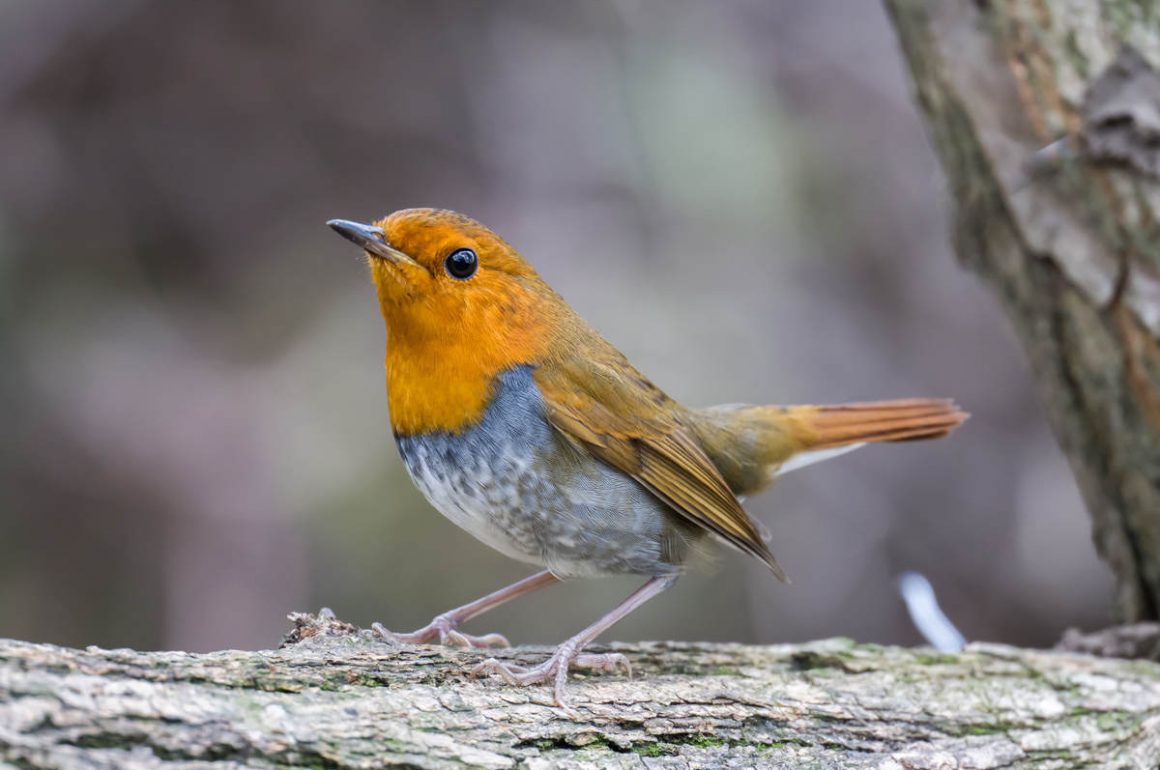
Picking the right robin that fits your needs can be confusing and stressful. The task is not made easier by some birds that are robins in name only, such as the American Robin, a typical RINO (robin in name only).
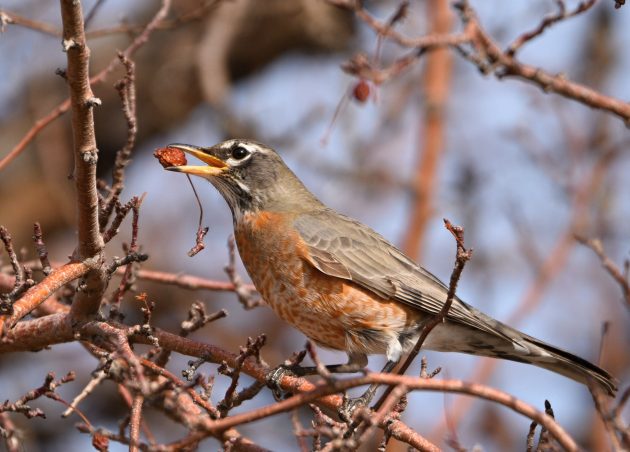
A RINO
For those serious about robins, the choice will most likely come down to either the European Robin or the Japanese Robin. In this post, I will tell you what to keep in mind when you choose between one of these two robins.
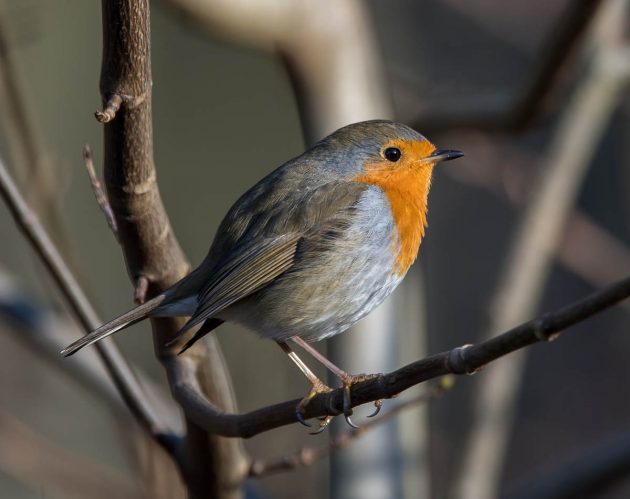
A European Robin
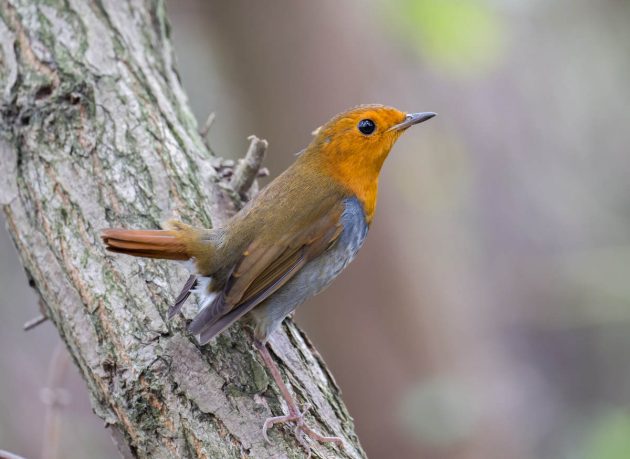
A Japanese Robin
Let us start with a comparison of size. While the European Robin measures 12.5-14 cm, the Japanese Robin is a bit longer at 14-15 cm – a minor advantage for the Japanese species, unless you are very restricted with regard to space.
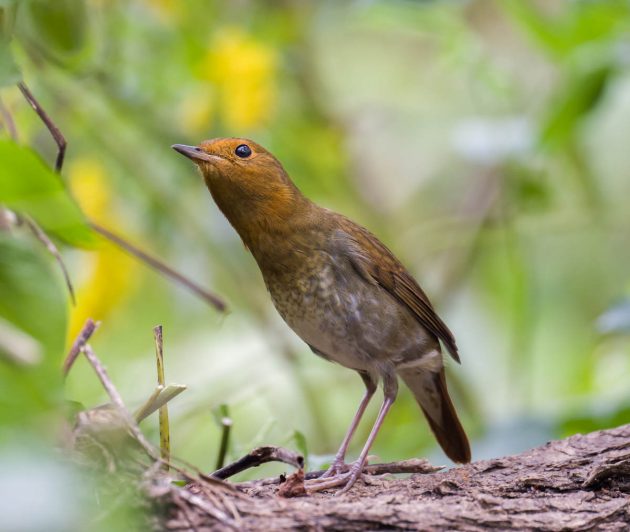
A female Japanese Robin, stretch version
Surprisingly, this size advantage is not quite matched by a corresponding weight difference. European Robins weigh between 14 and 25 grams while the HBW lists 17 g for the Japanese Robin (it seems these birds are a bit more consistent in their weight, or – more likely – have been studied less intensively). In any case, the average weight of both robins is quite similar.
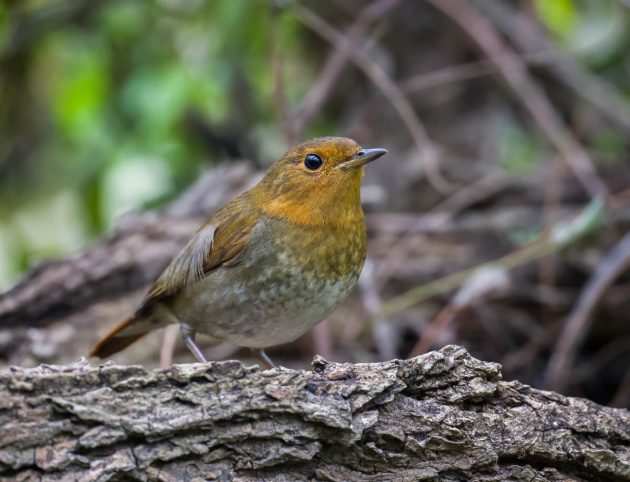
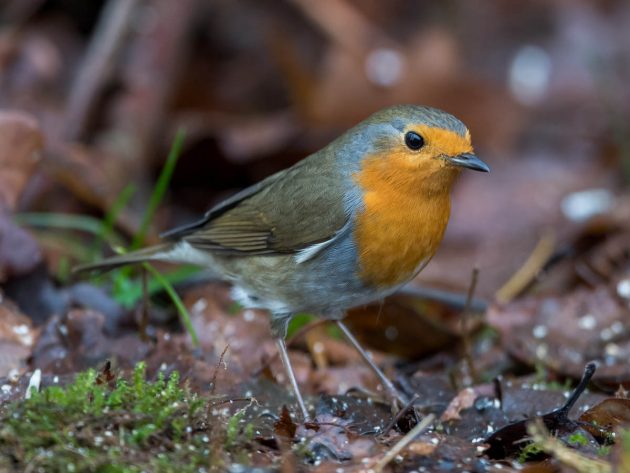
When it comes to variety, the European Robin (with 8 subspecies) clearly has an advantage over the monotypic Japanese Robin. So, if customization is your thing, this could be an important factor in your robin choice.
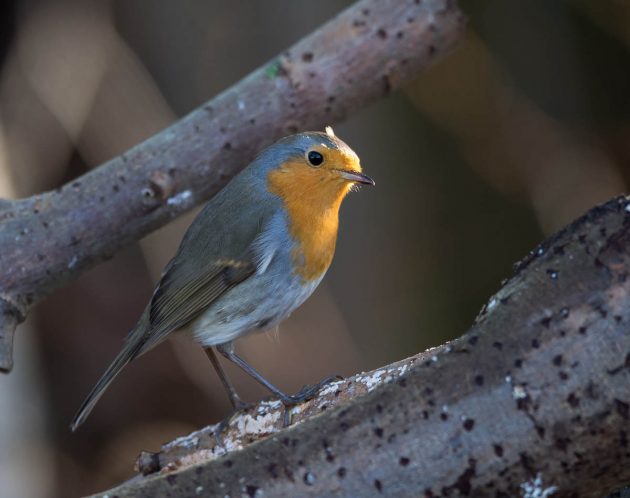
A European Robin, most likely subspecies rubecula
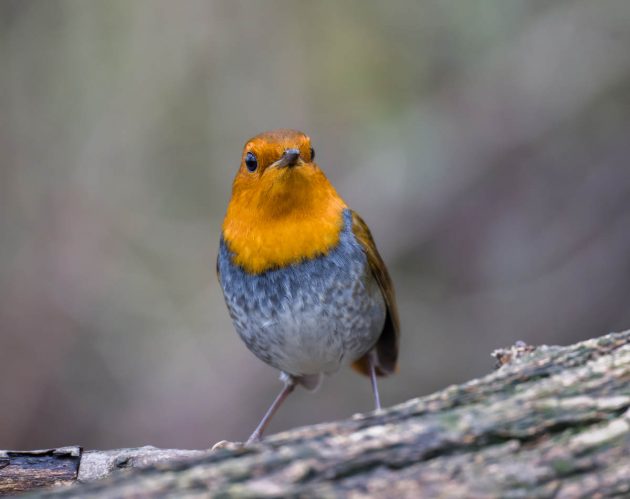
No subspecies available for the Japanese Robin, a limitation in consumer choice
On the other hand, the Japanese Robin offers variety between the two sexes, with a more brightly colored, flashier male and a more subdued female – a feature the European Robin is lacking.
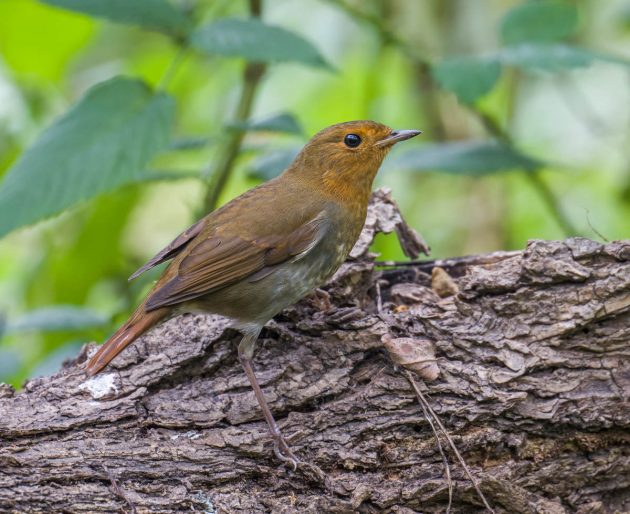
A female Japanese Robin …
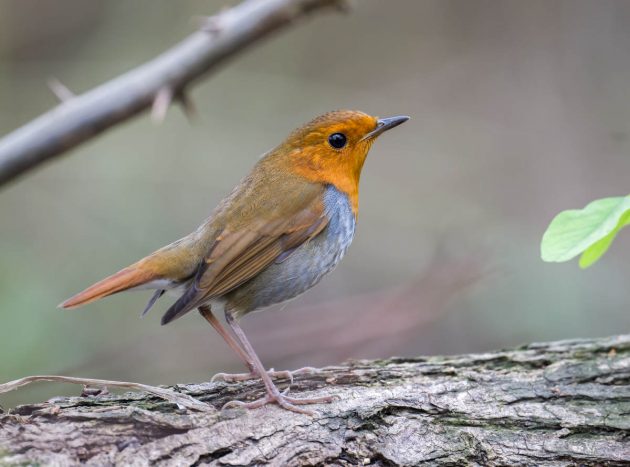
… and a male.
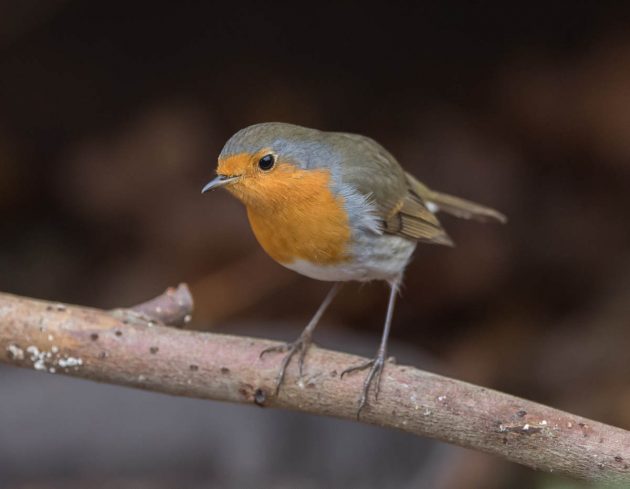
And an androgynous European Robin.
How about the diet? Both robin species are omnivorous, feeding on insects, fruit, and seeds. No major difference with regard to this aspect then.
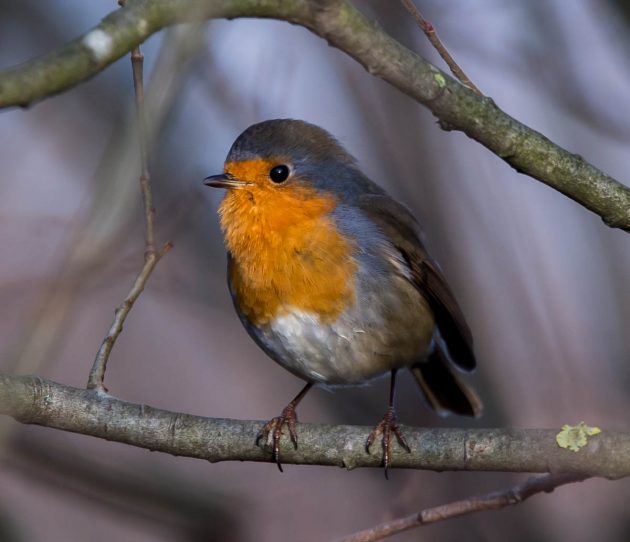
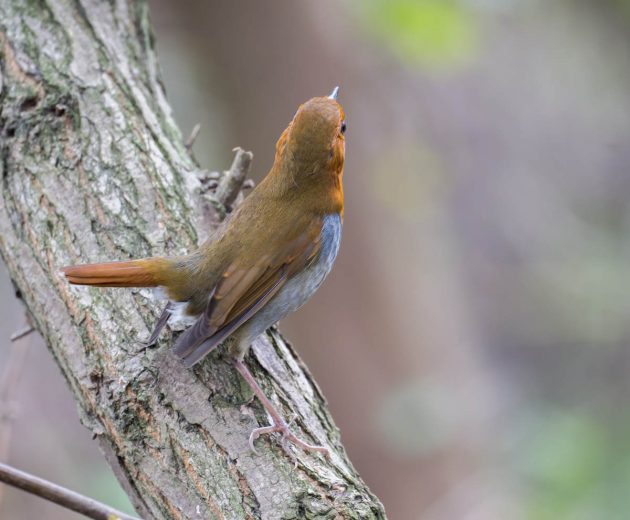
European Robins are partially migratory while most Japanese Robins migrate to warmer regions in winter. This limits their appearance on Christmas cards but is not necessarily a disadvantage unless you are afraid of hosting a robin nervously pacing up and down once “Zugunruhe” hits the bird.
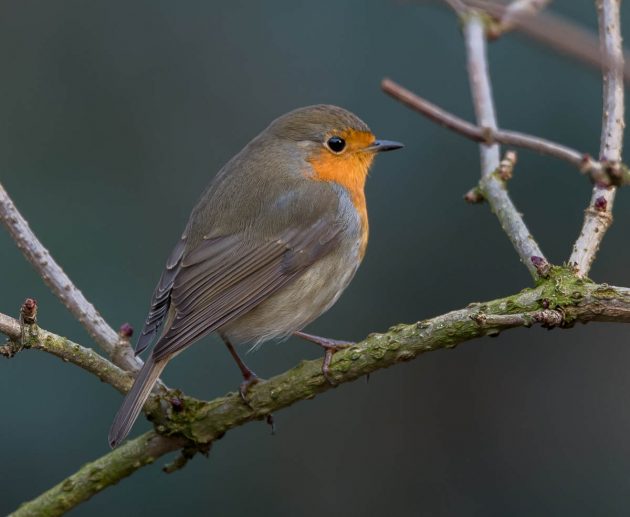
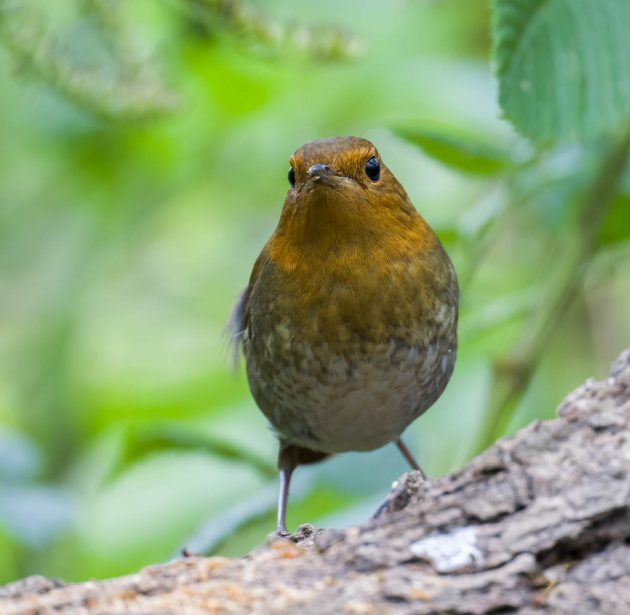
While Japanese people are generally known for their work ethics, this does not quite seem to apply to the Japanese Robin. With only 3-5 eggs per breeding attempt, it is less productive than the European Robin with its 4-7 eggs. However, the incubation time for both species is quite similar at 12-21 days for the European Robin (with an average of 14 days) compared to 12-15 days for the Japanese species.
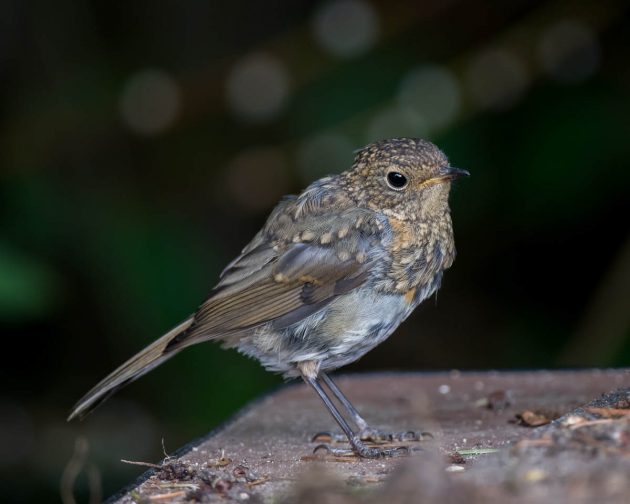
A juvenile European Robin
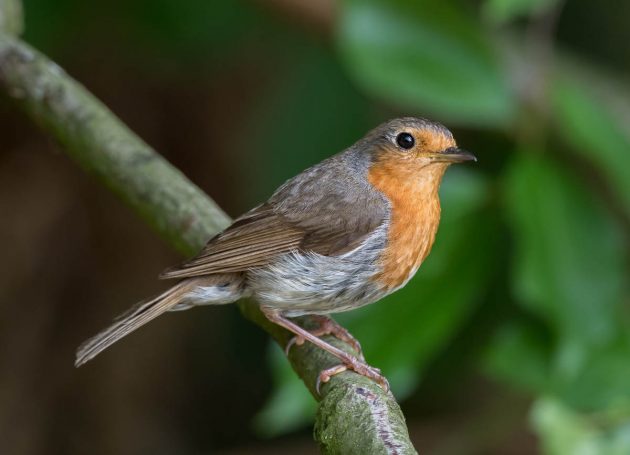
A bit later
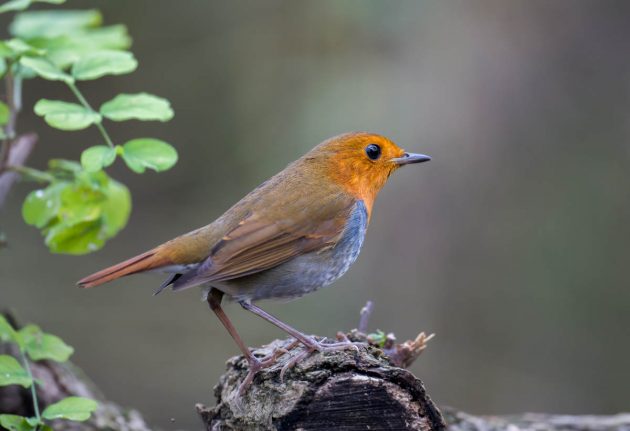
Possibly a juvenile male Japanese Robin
Both species are classified as Least Concern, and the population trend is stable. There does not seem to be a population size number for the Japanese Robin available – possibly it is lower than the number for the European Robin (more than 50 million), but this is just my guess.
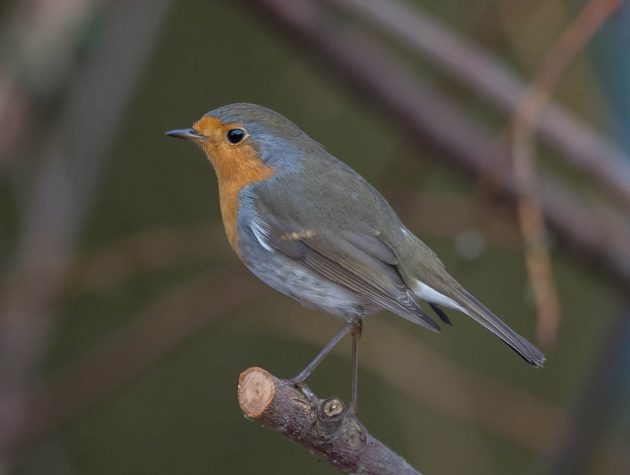
One out of more than 50 million (European Robin)
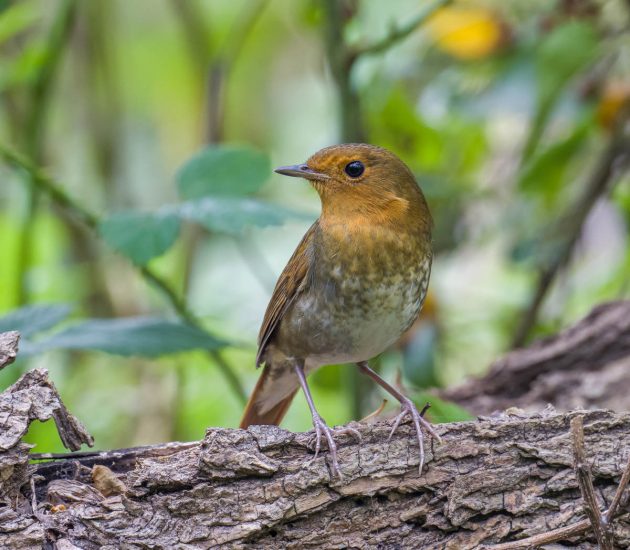
One out of an unknown number (female Japanese Robin)
Of course, a robin should not only be functional and useful but also appeal to the senses. So, how about looks? The HBW describes the Japanese Robin as a “charismatic and brightly colored bird”. But then, eBird indicates that the European Robin is a “distinctive and charismatic little bird with a bright orangey face and breast”. It is hard to see a major difference there.
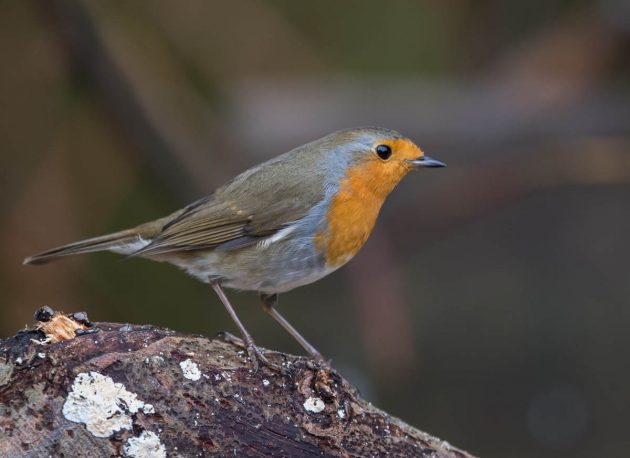
So, which robin do we recommend? Frankly, it depends on your personal preferences. The table below gives an overview of the differences and many similarities between both species, with the aspects marked in green highlighting the advantages of each species.
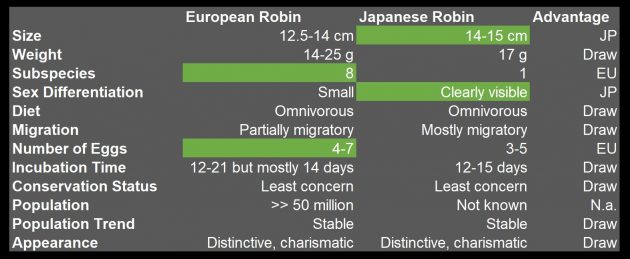
We hope that this post has given you a clear overview of which matters are important when selecting a robin. However, choosing can still be hard. Take your time on this. You may end up having the robin for several years and need to make sure it suits your life – and the robin you choose affects your life in a multitude of ways. That is why you need to pick exactly the right one.






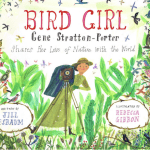




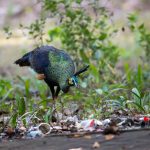

Is variety between the two sexes a “Feature” or a “Bug?” 😉
I think something has been mistranslated in the title as you wouldn’t “select” robins as they are wildlife. But nice photos. Maybe “Essential differences between robins?”
& how about the South African Robin… much larger bird with orange breast,
+ New Zealand Black Robin… tiny, with small clue to its colour in the name!
This is by far the strangest thing I’ve ever read on the internet who could say what sort of bird is better than another sort of bird they’re both just birds
You make some compelling arguments. I’d like to see some of the other robins you have in stock before making my selection 😉
All right, I just checked; the Old World Chat family does have more members known as Robins than our North American Thrushes. But I’m just fine with my American and Rufous-backed Robins, and refuse to call them RINOs. Plus, the more the options, the more informed the selection.
Mike, as a consultant by profession, it is usually my task to reduce complexity for my clients – thus the reduction to two options only. It seems that for more sophisticated clients like you, this approach is insufficient – my apologies.
Paul, if we ever meet up, let’s avoid playing football together, as we may have a very different understanding of how the game is played.
Believe me, Kai, you don’t want to see me try to play football. Some things can’t be unseen.
Paul, can’t be much worse than the German team at the recent World Cup …
You say this to a guy who lives in Mexico?
Good point … my apologies.
Thanks for the tips, Kai. I haven’t still made my choice though. I like them both. This is a « choix cornélien » it seems.
Michael, take your time – given the speed of evolution, it will probably take a couple of million years before any new robin species evolve.